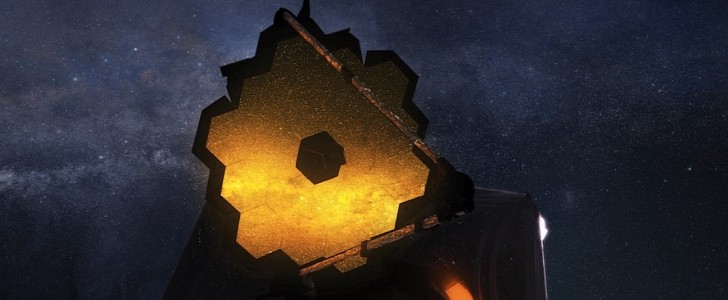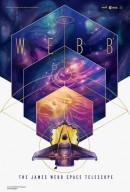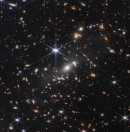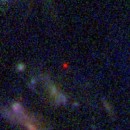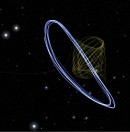The planet we just received pictures of is an exoplanet, which is a planet outside our Solar System. They are either orbiting other stars or free-floating around the universe, called rogue planets.
This specific exoplanet, HIP 65426 b, is a gas giant, meaning it has no solid surface; therefore, it is inhabitable. NASA is planning to use this telescope to discover all the phases that an exoplanet goes through. From birth, answering the big ol’ question, how are planets formed?
By using Webb’s InfraRed Spectrograph (NIRSpec), humanity will discover the characteristics of the chemical composition of a planet and check if they are habitable or not. However, what I consider to be the most amazing thing that we will hopefully understand is the death of a planetary system. Recent discoveries show planets that still orbit a white dwarf that is long gone. A white dwarf is a dead star that is not big enough to become a neutron star or a black hole, roughly 97% of the stars in our galaxy.
The pictures are taken by using distinct instruments to capture light, which is why it shows non-identical images. The exoplanet is moving around the host star HIP 65426, such as Earth is rotating around the Sun. A coronagraph is present on each of the instruments that block out the light from the host star and take a direct image of the planet.
HIP 65426 b is bigger by about six to twelve times the mass of Jupiter and about 15-20 million years old, which is a child compared to other planets, even ours.
While James Webb Telescope was just released on 25 December 2021, it has already amazed us with many discoveries. Images of perhaps one of the oldest, if not the oldest, known galaxies alongside a large number of distant galaxies. Another important discovery is the presence of carbon dioxide on other exoplanets, which is needed for life.
JWST is on set to discover more, and we are for sure prepared to gaze upon the magnificent pictures that it will take.
By using Webb’s InfraRed Spectrograph (NIRSpec), humanity will discover the characteristics of the chemical composition of a planet and check if they are habitable or not. However, what I consider to be the most amazing thing that we will hopefully understand is the death of a planetary system. Recent discoveries show planets that still orbit a white dwarf that is long gone. A white dwarf is a dead star that is not big enough to become a neutron star or a black hole, roughly 97% of the stars in our galaxy.
The pictures are taken by using distinct instruments to capture light, which is why it shows non-identical images. The exoplanet is moving around the host star HIP 65426, such as Earth is rotating around the Sun. A coronagraph is present on each of the instruments that block out the light from the host star and take a direct image of the planet.
HIP 65426 b is bigger by about six to twelve times the mass of Jupiter and about 15-20 million years old, which is a child compared to other planets, even ours.
While James Webb Telescope was just released on 25 December 2021, it has already amazed us with many discoveries. Images of perhaps one of the oldest, if not the oldest, known galaxies alongside a large number of distant galaxies. Another important discovery is the presence of carbon dioxide on other exoplanets, which is needed for life.
JWST is on set to discover more, and we are for sure prepared to gaze upon the magnificent pictures that it will take.
